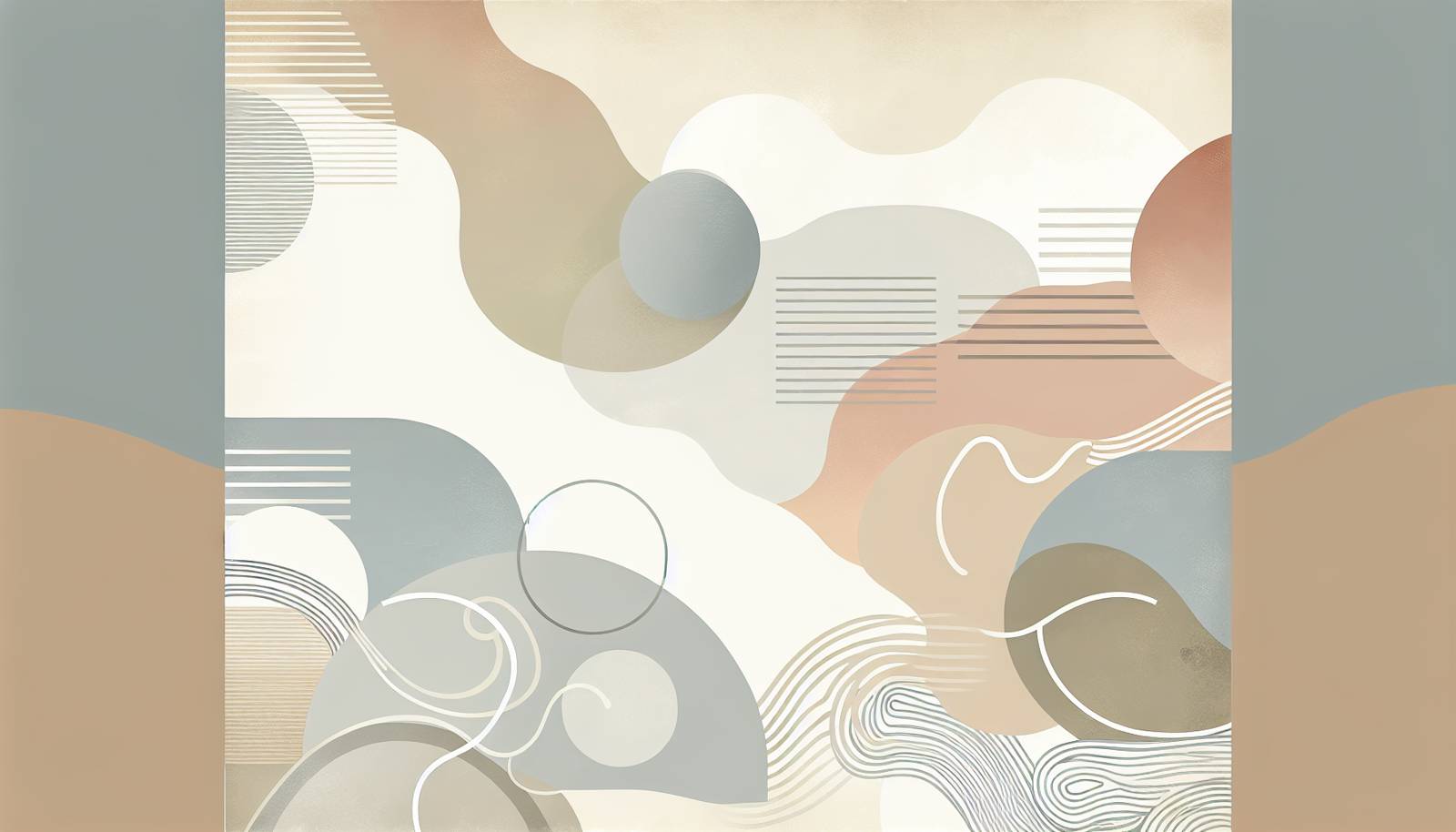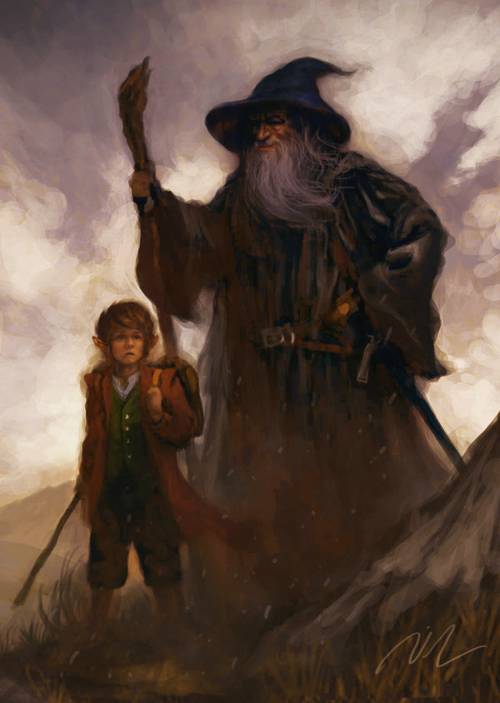
FAQ About The Role of Fan Art in Cultural Expression

What is fan art?
Fan art refers to artworks created by fans of a work of fiction, such as a movie, book, TV show, or video game. These artworks often depict characters, scenes, or interpretations from the original source material and are created in a variety of mediums, including drawing, painting, digital art, and sculpture.

How does fan art contribute to cultural expression?
Fan art contributes to cultural expression by allowing fans to engage creatively with the source material. Through fan art, individuals can express their personal interpretations, emotions, and connections to a story or character, thus contributing to a shared cultural dialogue. It reflects diverse perspectives and often incorporates cultural influences from the artist's background, enhancing cultural diversity within the fan community.

What role does fan art play in community building?
Fan art plays a significant role in community building by providing a platform for fans to share their creative works with others who have similar interests. This sharing often occurs on social media platforms, fan forums, and conventions, fostering a sense of belonging and mutual appreciation. Fan art creates opportunities for collaboration, discussion, and feedback, strengthening community bonds.

How has fan art impacted global pop culture?
Fan art has significantly impacted global pop culture by influencing trends, styles, and the dissemination of cultural motifs. It helps to keep franchises and characters relevant in public memory, often breathing new life into older properties. Fan art can go viral, reaching audiences worldwide, and sometimes even inspires content creators in professional media industries.

Can creating fan art affect a fan's identity?
Creating fan art can deeply affect a fan's identity, as it allows individuals to explore personal themes and connections through the lens of beloved characters and stories. It can reinforce a sense of identity through association with certain fandoms, and often provides a means for self-expression and the development of artistic skills. This process can lead to increased confidence and a feeling of empowerment.

Is fan art legally protected?
The legality of fan art is complex and can depend on several factors, including the nature of the artwork and local intellectual property laws. Generally, fan art exists in a gray area of copyright law. While many creators tolerate fan art, some pursue enforcement if they believe it harms their intellectual property. It's often considered legal as long as it's non-commercial and credits original creators.

What are some common themes in fan art?
Common themes in fan art include alternate universe scenarios, character mashups, reinterpretations of pivotal scenes, and personal takes on character design. Artists often explore "what if" situations, pairing characters from different franchises or reimagining them in unique contexts. These themes allow artists to explore new narratives and potential within familiar settings.

How do digital platforms influence the spread of fan art?
Digital platforms such as Instagram, DeviantArt, and Reddit play a crucial role in the dissemination of fan art. They provide accessible venues for artists to display and distribute their works to a global audience. These platforms enable easy sharing and interaction, facilitating exposure, feedback, and community building across geographic and cultural boundaries.

Why do people create fan art?
People create fan art for various reasons, including passion for a fandom, a desire to connect with others who share similar interests, and the pursuit of artistic development. Fan art provides an outlet for creativity and self-expression, offering a way to pay homage to beloved characters or stories while also gaining recognition and satisfaction within a community.

How does fan art differ from original art?
Fan art differs from original art in that it is specifically based on pre-existing media, using characters, settings, or themes from established works. Original art, by contrast, involves the creation of new characters, stories, and universes. However, both forms of art require creativity and skill, and fan art can often serve as a stepping stone to developing one's unique style and original content.

What impact does fan art have on the original creators and franchises?
Fan art can positively impact original creators and franchises by extending the reach and lifespan of the original content. It can introduce new audiences to the franchise, keep interest alive between new releases, and even provide creators with new ideas and insights based on how fans engage with their work. Occasionally, fan artists gain recognition and opportunities to work officially with the creators whose work inspires them.

What are some famous examples of fan art influencing mainstream media?
One notable example of fan art influencing mainstream media is the Star Wars franchise. Fan-made designs, stories, and characters have occasionally inspired official merchandise and storylines. Similarly, the gaming industry often draws inspiration from modding communities and fan art, as seen with games like Sonic Mania, which was developed with the input of fans from the indie gaming community.

Are there fan art conventions or events?
Yes, there are many conventions and events dedicated to fan art and fandom culture, such as Comic-Con, Anime Expo, and various regional fan fairs. These events often feature artist alleys where fans can showcase and sell their own fan art, participate in panels, and attend workshops designed to foster artistic skills and community engagement.

How can someone start creating fan art?
To start creating fan art, one should first choose a subject or fandom that inspires them. Gathering reference materials, practicing basic drawing skills, and utilizing digital tools can help beginners enhance their skills. Many artists share tutorials online that can be very helpful. Combining practice with engagement in fan art communities can also provide valuable feedback and support.

What are the ethics of creating and sharing fan art?
The ethics of creating and sharing fan art involve respecting intellectual property rights and the wishes of the original creators. It's important to credit the source material and avoid profiting from fan art without permission. Being mindful of sensitive content and respecting community guidelines on sharing platforms are also essential ethical considerations.

How can fan art aid in artistic development?
Fan art can aid in artistic development by providing a structured context in which artists can experiment with style, technique, and narrative. By recreating beloved characters or scenes, artists challenge themselves to improve accuracy and creativity. Over time, this practice can reveal an artist's unique voice and provide a foundation for creating original works.

What challenges do fan artists face?
Fan artists face challenges such as legal concerns, finding originality within existing material, and gaining visibility in crowded digital spaces. Balancing personal expression with respect for original creators can also be difficult. However, active engagement with communities can help artists navigate these challenges and find success.

How can fan art impact fan engagement with a franchise?
Fan art deepens fan engagement by fostering personal connections to the franchise and encouraging active participation in the community. It allows fans to explore narratives and character dimensions beyond what's provided in the original work. This engagement often translates to sustained interest and support for the franchise, enhancing its cultural presence.

What is the relationship between fan fiction and fan art?
Fan fiction and fan art are closely related as both involve reinterpretations of existing characters and worlds. They often complement each other, with fan fiction providing narrative exploration while fan art offers visual representation. Both forms support diverse expressions of creativity and frequently exist together in fan communities, supporting narrative and artistic growth.
